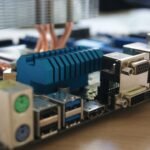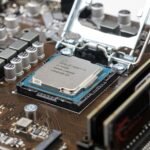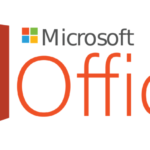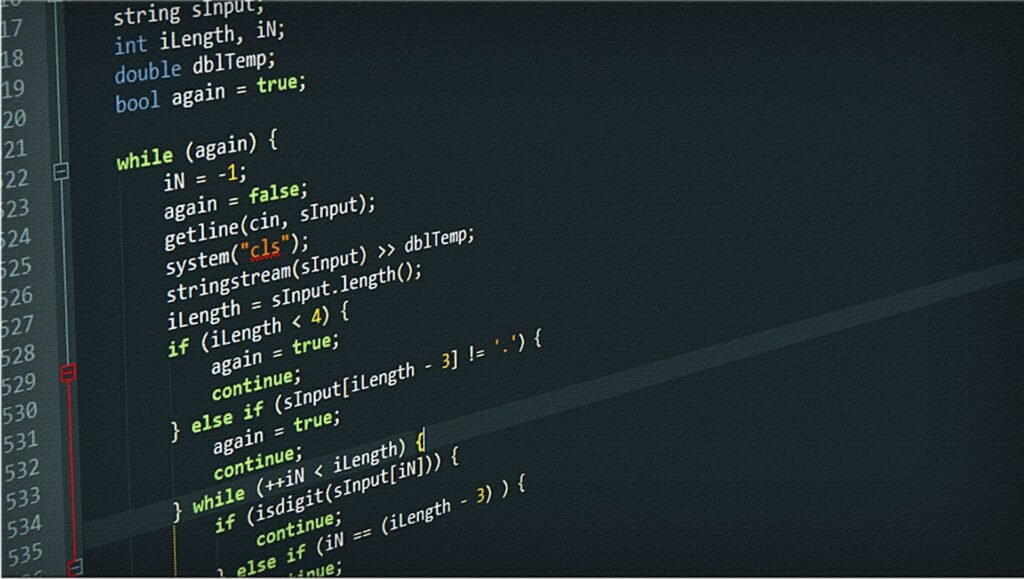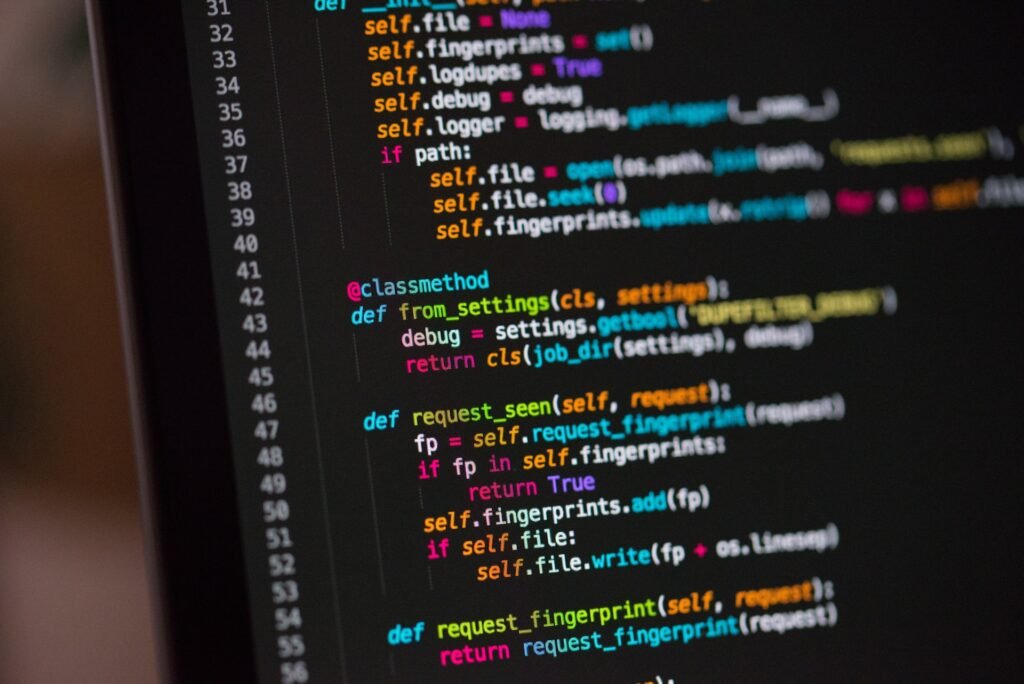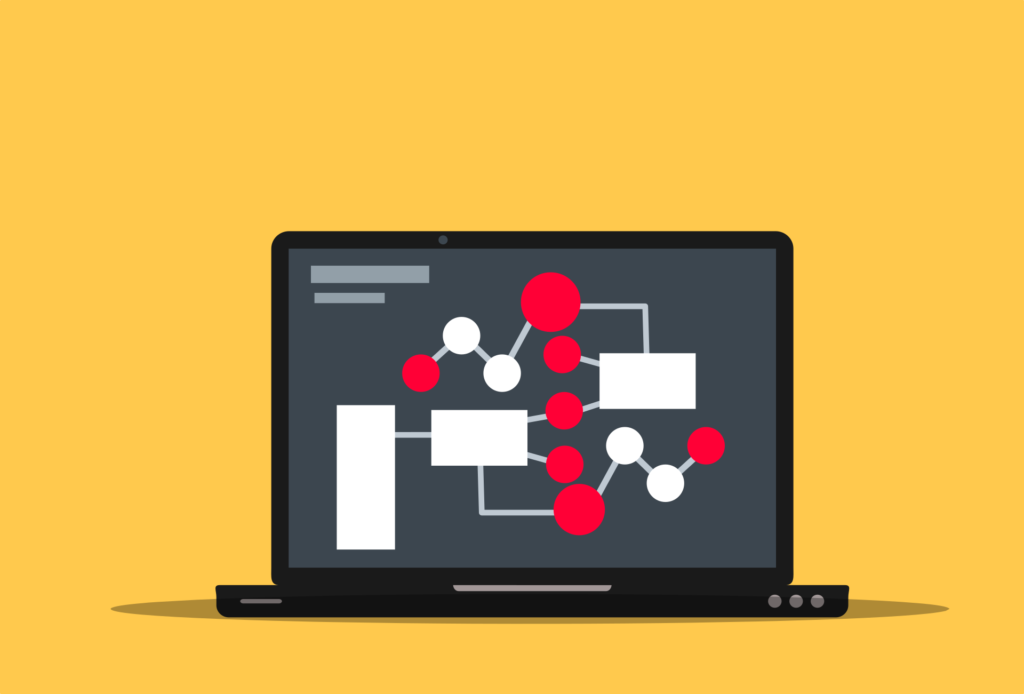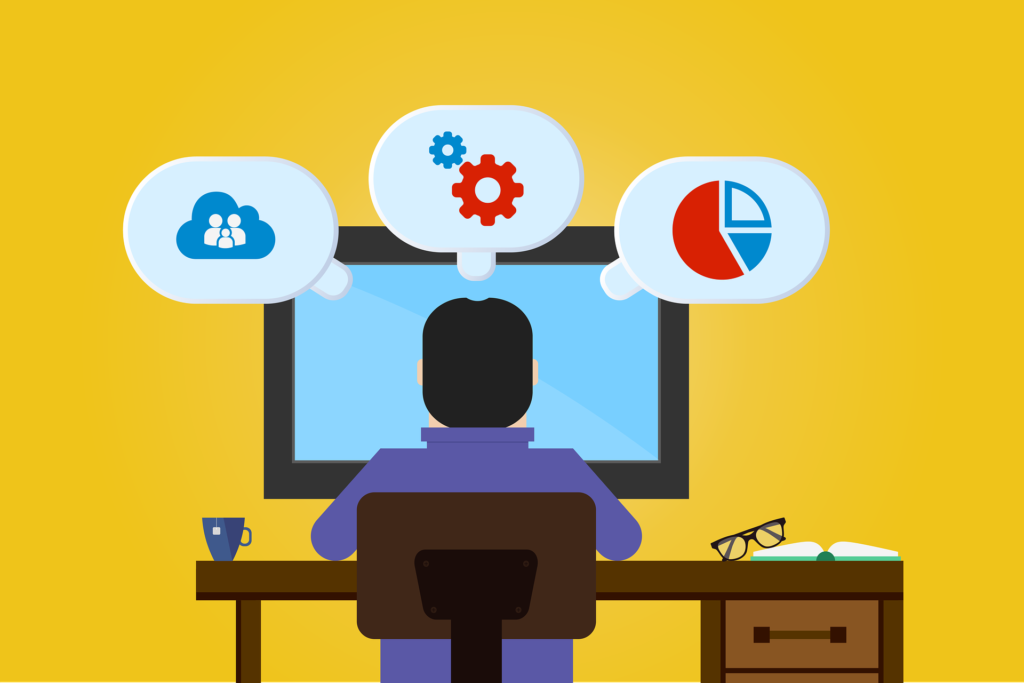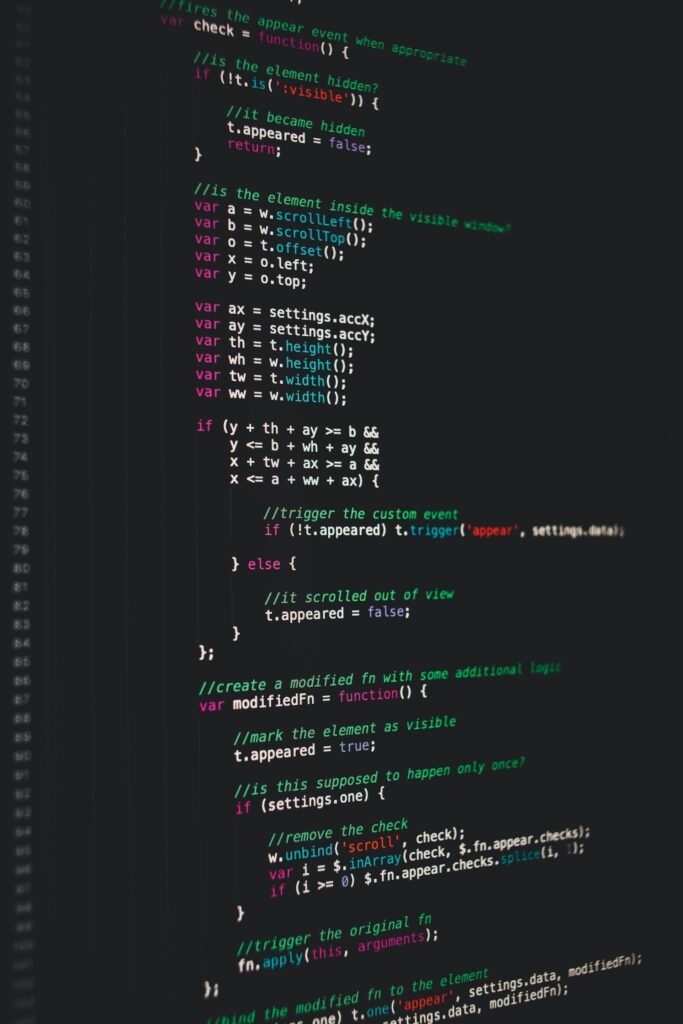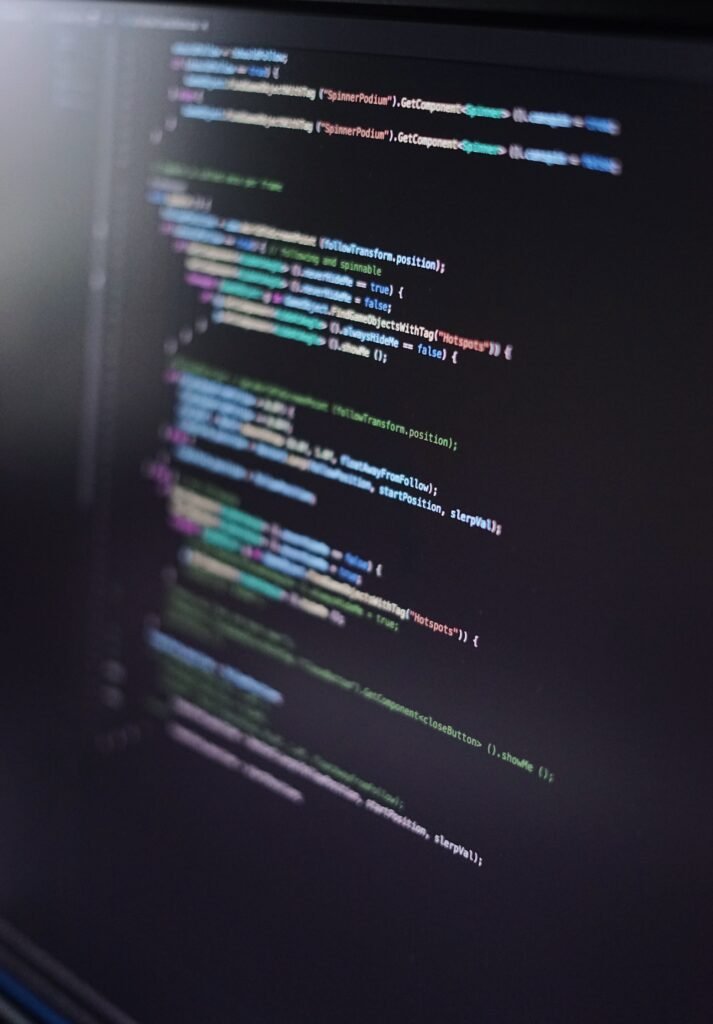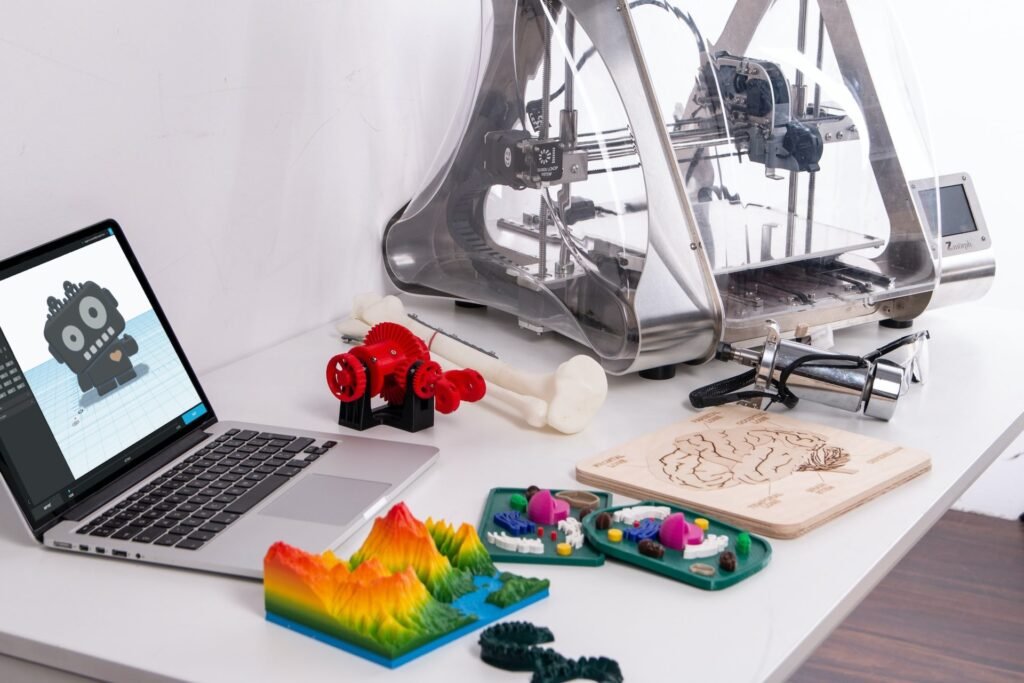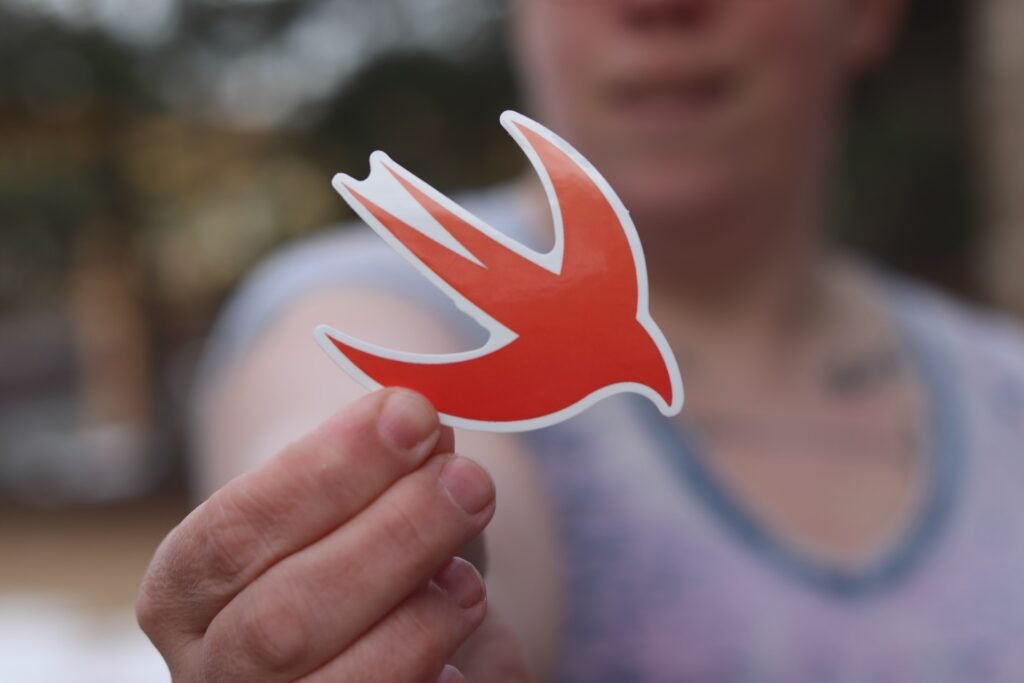Raspberry pi board
The Raspberry Pi Foundation created a line of compact single-board computers known as Raspberry Pi. These little gadgets are intended to offer a cheap and convenient platform for experimentation and computer programming. Due to its versatility and variety of uses, Raspberry Pi boards have become extremely popular among enthusiasts, educators, and professionals.
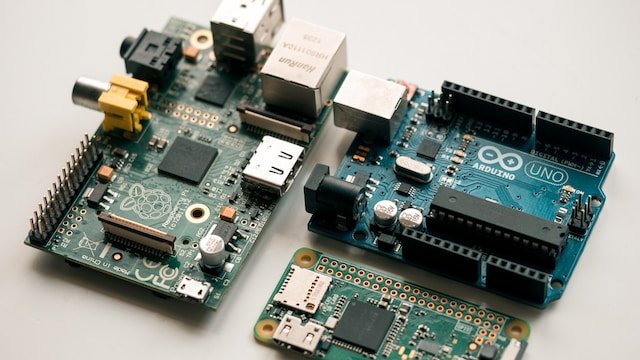
Let’s examine a few Raspberry/Pi characteristics.
- Hardware – Credit card-sized Raspberry boards generally have a system-on-a-chip (soc) that includes a CPU, GPU, RAM, storage, and a number of input/output ports. ARM-based processors and Linux-based operating systems are typically found in them.
- Versions – The Raspberry Foundation has launched a number of variations of the Raspberry/Pi throughout the years, each of which offers enhanced performance and new functionality. Raspberry / Zero, Raspberry/Pi 3 Model B+, and Raspberry/Pi 4 Model B are a few of the most well-known versions.
- Applications – The Raspberry may be used for a variety of tasks, such as.
Education – The Raspberry is frequently used in classrooms to teach principles in programming, electronics, and computer science.
Home automation – The Raspberry/Pi may operate as the focal point for projects involving home automation, managing smart appliances, sensors, and actuators.
Media center – By installing media center software like Kodi or Plex, it may be used as a media player.
Internet of Things (iot) projects – The Raspberry/Pi is a well-liked option for iot projects since it can connect to and communicate with a variety of gadgets and sensors.
Robotics – The Raspberry/Pi can power robots and serves as a platform for robotics education and experimentation.
- Server – This lightweight server may be used to host websites, manage gaming servers, or set up a private cloud storage system.
- Software – The Raspberry is compatible with a number of operating systems, including Raspbian (now known as Raspberry/Pi OS), a Linux-based distribution designed specifically for the device. Other choices include Fedora, Ubuntu, and a number of specialized distributions for particular uses.
- Expansion – The GPIO (General Purpose Input/Output) pins on Raspberry/Pi boards let you connect and operate external devices like sensors, actuators, and displays. Due to its great degree of extensibility, Raspberry Pi is ideal for applications involving robotics and electronics.
- Community and materials – There are a tonne of online materials, tutorials, and projects accessible, and the Raspberry/Pi community is dynamic and active. You may get started by using the documentation, forums, and project repository on the official Raspberry Pi website (www.raspberrypi.org).
Advantage and disadvantage of Raspberry/pi
Advantage of the Raspberry/Pi.
- Accessibility – Compared to standard computers, Raspberry/Pi boards are relatively inexpensive, making them available to a variety of users, including students, hobbyists, and people on a tight budget.
- Versatility – The Raspberry/Pi is a platform with a lot of flexibility that can be utilized for a variety of tasks. It may be incorporated into a variety of applications, from straightforward programming chores to intricate robotic and Internet of Things systems, thanks to its tiny size, GPIO ports, and expandability.
- Educational Tool – The Raspberry/Pi is a great tool for teaching computer science, electronics, and programming ideas. It is perfect for beginners and students because to its user-friendly atmosphere and wealth of online resources.
- Community and Support – With a significant user base, a wide range of online forums, and a wealth of resources, the Raspberry/Pi community is vibrant and helpful. It is simpler to learn and troubleshoot thanks to this community’s assistance, sharing of projects, and encouragement of teamwork.
- Energy Efficiency – The Raspberry/Pi uses a fraction of the electricity that conventional pcs use. This qualifies it for low-power applications like running servers around-the-clock or deploying iot devices that need to be operational for an extended period of time.
Disadvantage Raspberry/Pi.
- Processing Power – Although Raspberry/Pi boards have improved over time, they still lack high-end computers in this area. Running resource-intensive apps or complicated simulations may make this a constraint.
- Limited RAM – Raspberry P boards often have a small amount of RAM, which might limit the capacity to multitask with several resource-demanding programs at once or conduct memory-intensive tasks.
- Storage Restrictions – Raspberry/Pi devices often have a small amount of onboard storage and frequently rely on microsd cards. When working with big volumes of data or installing several operating systems, this may be a limitation.
- Graphics Performance – The Raspberry/Pi boards contain a GPU, but they are not designed for demanding gaming or high-end graphics performance. Applications or games that use a lot of graphics may not function properly or may need further settings.
- Software Compatibility – Although the Raspberry Pi can run a wide range of operating systems and programs, some programs and apps might not be supported or could need extra modifications or workarounds to function properly.
Best characteristics of Raspberry pi
The finest qualities of Raspberry/Pi that set it apart and make it appreciated by consumers include.
- Accessibility – Due to the very low price of Raspberry boards, they are available to a wide spectrum of users, including students, hobbyists, and people on a tight budget. This accessibility enables experimentation, learning, and the creation of initiatives without requiring a substantial outlay of cash.
- Flexibility – The Raspberry/Pi is a very flexible platform that may be utilized for a variety of applications. It is useful for a variety of applications, from straightforward programming tasks to complicated robotics, home automation, and Internet of Things systems, thanks to its tiny size, GPIO ports, and expandability. Its application possibilities are increased even more by the capability to link to and control external components.
- Educational Tool – The Raspberry/Pi is a great learning and exploration-promoting educational tool. It offers a user-friendly setting for newcomers to learn the fundamentals of programming, electronics, and computer science. It is the perfect platform for both students and educators due to its interoperability with educational materials and community support.
- Support and Community – The Raspberry Pi community is active, supportive, and thriving. Users have access to advice, project ideas, and troubleshooting aid because to the huge user base and a wealth of online forums and resources. The community encourages teamwork and knowledge exchange, which makes it simpler to learn, invent, and produce.
- Energy Efficiency – When compared to regular computers, Raspberry Pi boards use a fraction of the energy. This qualifies them for low-power applications like running 24/7 servers or deploying iot devices that need to be operational for an extended period of time. Energy efficiency also helps to save costs and protect the environment.
- Simple Setup – Raspberry/Pi boards are very simple to set up and use. The official Raspberry Pi OS has a user-friendly interface, and they often have operating systems pre-installed. The setup procedure is further made simple by the availability of software repositories, updates, and a large selection of compatible programs and apps.
- Expandability – The GPIO pins on Raspberry Pi boards enable users to connect and operate external components including sensors, actuators, displays, and more. Users may adapt their projects to meet certain demands and specifications because to this expandability.
- Low Upkeep – Raspberry Pi boards are renowned for their dependability and little maintenance needs. Once put up, they often function successfully for long periods of time without requiring continual maintenance or monitoring.
Raspberry pi 4
The Raspberry Pi Foundation introduced the Raspberry Pi 4 in June 2019, the series’ fourth-generation single-board computer. It features a number of notable upgrades over previous versions, making it a strong and adaptable tool for a variety of applications.
Let’s examine some of the Raspberry Pi 4’s main attributes and features.
- Processor – The quad-core ARM Cortex-A72 CPU on the Broadcom BCM2711 soc that powers the Raspberry Pi 4 runs at 1.5 ghz. This gives it a huge performance improvement over earlier versions, enabling it to handle jobs that require more effort.
- RAM – There are three RAM choices for the Raspberry Pi 4, 2GB, 4GB, and 8GB. Larger datasets can be handled, more resource-intensive applications may be launched, and multitasking is handled more fluidly because to the greater memory capacity.
- Video and Graphics – Compared to earlier versions, the Raspberry Pi 4’s videocore VI GPU offers better graphics performance. High-resolution displays and media playback are supported via micro HDMI ports, which allows 4K video output at 60 frames per second (fps).
- Connectivity – The Raspberry Pi 4 has dual-band 2.4 ghz and 5 ghz Wi-Fi as well as Bluetooth 5.0, making it possible to connect to the internet more quickly and with greater security. Gigabit Ethernet is also included for wired network connectivity.
- USB Ports – There are two USB 3.0 ports on the Raspberry Pi 4, which provide higher data transfer rates than USB 2.0. Additionally, it features two USB 2.0 connections for external storage and attaching accessories like keyboards and mouse.
- GPIO Pins – The Raspberry Pi 4 has 40 GPIO pins, much like earlier versions, making it simple to interface with a variety of sensors, actuators, and other electrical parts.
- Operating System – The Raspberry Pi 4 is compatible with a number of operating systems, including the official Raspberry Pi OS (formerly known as Raspbian) and additional Linux variants like Fedora, Ubuntu, and others.
- Power Requirements – A 5V USB-C power supply is necessary for the Raspberry Pi 4 to function. To guarantee reliable functioning, it is advised to utilize a power supply with a minimum rating of 3A.
Raspberry pi 3
The Raspberry Pi Foundation introduced the Raspberry Pi 3 in February 2016 as the series’ third iteration of single-board computers. It was a considerable update at the time and featured a number of enhancements over the earlier models.
Let’s examine some of the Raspberry Pi 3’s main attributes and features.
- Processor – The quad-core ARM Cortex-A53 CPU in the Broadcom BCM2837 soc that powers the Raspberry Pi 3 runs at 1.2 ghz. When compared to the Raspberry Pi 2, it offers a substantial performance gain, enabling quicker work completion and enhanced multitasking skills.
- RAM – The Raspberry Pi 3 has 1GB of LPDDR2 RAM, which is more than enough memory for the majority of apps and offers a smoother user experience than its predecessors.
- Wireless Connectivity – The Raspberry Pi 3 has built-in Bluetooth 4.2 and 802.11n Wi-Fi compatibility, which is one of its standout features. This makes it simpler to connect to wireless networks and peripherals by removing the need for extra adapters or dongles and enabling easy wireless communication.
- Video and Graphics – The Raspberry Pi 3 contains a built-in videocore IV GPU that can handle 3D graphics and HD video playback. It offers composite video output through the 3.5mm AV connection and HDMI video output up to 1080p.
- USB Ports – The Raspberry Pi 3 has four USB 2.0 ports, offering a variety of peripherals including keyboards, mouse, external storage devices, and more adequate connectivity choices.
- GPIO Pins – The Raspberry Pi 3 has a 40-pin GPIO header, similar to previous Raspberry Pi models, making it simple to interface with sensors, actuators, and other electronic components.
- Operating System – The Raspberry Pi 3 can run a wide variety of operating systems, including the official Raspberry Pi OS (formerly known as Raspbian), as well as several Linux distributions and other specialized operating systems.
- Power Requirements – A 5V micro USB power supply is necessary for the Raspberry Pi 3 to function. To guarantee steady and dependable functioning, the suggested power supply should have a rating of at least 2.5A.
Raspberry pi zero
The Raspberry Pi Foundation introduced the Raspberry Pi Zero, a small and reasonably priced single-board computer, in November 2015. It is intended to be even smaller and more affordable than other Raspberry Pi versions while still offering the most fundamental computer functions.
What is raspberry pi for
A flexible and reasonably priced single-board computer with many uses is the Raspberry Pi. The Raspberry Pi Foundation originally developed it as a teaching resource to increase students’ knowledge of computer science and programming. But now that it is extensively utilized for a variety of purposes, its powers and appeal have well outside the realm of education.
Let’s investigate a few typical usages for the Raspberry Pi.
- Education – The Raspberry Pi is widely utilized in educational facilities and schools to teach ideas in programming, electronics, and computer science. It is the perfect platform for students and instructors thanks to its low cost, user-friendly setting, and availability of online resources.
- Home Automation – DIY smart home systems can be made with the Raspberry Pi for home automation. It enables customized home automation solutions by controlling and automating a variety of appliances, including lighting, thermostats, cameras, and sensors.
- Media Centre – The Raspberry Pi may function as a media center if Kodi is installed on it. It can connect to a television or monitor and stream and play media items, such as music, movies, and videos, for a reasonable price.
- Iot (Internet of Things) – Due to its small size, low power consumption, and GPIO ports for interacting with sensors, actuators, and other iot components, the Raspberry Pi is frequently utilized in iot applications. Smart gadgets, systems for monitoring the environment, and home automation options may all be made using it.
- Robotics – A robot or autonomous system’s brain can be powered by a Raspberry Pi. It is useful for creating robots and managing their operation because to its processing capability, GPIO ports, and interoperability with different sensors and motors.
- DIY and Prototyping Projects – The Raspberry Pi is frequently used for DIY and prototyping projects, enabling users to make their own original creations. It offers a space for experimentation, trying new things, and realizing ideas.
- Server and Networking – The Raspberry Pi is a small-scale server that may be used to host websites, share files, or run a variety of server applications. In a local network, it may also be used as a network-attached storage (NAS) device for file sharing and archiving.
- Programming and software development – Python, C/C++, and Java are just a few of the languages that can be programmed on the Raspberry Pi. It enables users to build projects, learn programming languages, and develop and test applications.
Raspberry pi pico
The Raspberry Pi Foundation created the microcontroller board known as the Raspberry Pi Pico. The platform, which debuted in January 2021, aims to provide an affordable yet robust platform for embedded systems and physical computing applications.
These are some of the Raspberry Pi Pico’s main characteristics and features.
- Microcontroller – The RP2040 microcontroller chip, created by the Raspberry Pi Foundation, serves as the foundation for the Raspberry Pi Pico. The dual-core ARM Cortex-M0+ CPU in the RP2040 operates at 133 mhz and has enough processing capability for a variety of applications.
- RAM – The 264KB of RAM on the Raspberry Pi Pico enables quick program execution and data storage.
- GPIO Pins – The Pico has 26 GPIO (General-Purpose Input/Output) pins that are multifunctional and may be used for a variety of tasks, including digital input/output, PWM (Pulse-Width Modulation), I2C, SPI, UART, and others. The flexibility of attaching and managing external devices and sensors is made possible by these pins.
- Analog Inputs – Three analogue inputs on the Pico enable for the measurement of analogue signals like voltage levels. These inputs can be utilized for operations like analog-to-digital conversion or with external sensors.
- USB Connectivity – The Raspberry Pi Pico has a Micro-USB connector that may be used to connect to a computer and charge the device. With its support for USB mass storage device mode, drag-and-drop programming is made simple.
- Onboard LED – The Pico features an integrated LED that is linked to a GPIO pin and can be operated to provide visual feedback for projects.
- Support for Programming Languages – The Pico may be programmed using C/C++ and micropython using the Raspberry Pi Pico SDK (Software Development Kit). Micropython is a beginner-friendly version of Python. For the purpose of creating apps, the SDK offers libraries and sample code.
- Low Power Consumption – Because of its power-saving design, the Pico is appropriate for battery-powered or low-power applications.
Raspberry pi zero w
A Raspberry Pi Zero with built-in wireless connection is known as the Raspberry Pi Zero W. It provides the same affordable price and small size of the Raspberry Pi Zero while incorporating the ease of wireless connection.
Raspberry pi projects
The Raspberry Pi is a flexible platform that works well for a variety of tasks.
Here are a few well-liked Raspberry Pi project suggestions to get you started.
- Media Centre – Use Kodi or Plex to turn your Raspberry Pi into a media center. You may build your own home entertainment system with it because it can play and stream media information.
- Home Automation – Use a Raspberry Pi to create a do-it-yourself smart home system. Use software for home automation, such as Home Assistant or openhab, to control lights, appliances, security cameras, and other gadgets.
- Weather Station – Build your own weather monitoring station using Raspberry Pi and sensors. Create your local weather dashboard by gathering information about the temperature, humidity, pressure, and other factors.
- Game Console – Using software like retropie or Lakka, turn your Raspberry Pi into a vintage game console. Play old games on many retro gaming systems by connecting controllers.
- Robotics – Construct a robot with a Raspberry Pi serving as its brain. To build a robotic project, such as a remote-controlled automobile, robot arm, or autonomous robot, you may control motors, sensors, and actuators.
- Smart Mirror – Construct a smart mirror that shows relevant data such as the time, weather, upcoming events, and news headlines. The mirror can be powered by Raspberry Pi, and it can show data.
- Pi-hole Network Ad filter – Utilize Pi-hole to configure a Raspberry Pi as a network-wide ad filter. All devices linked to your network may browse without being interrupted by adverts thanks to its network-level ad blocking.
- Portable Arcade Machine – Using a Raspberry Pi and a display, construct a portable arcade machine. Play vintage arcade games while on the road by installing game emulators.
- Security Camera – Using the Raspberry Pi camera module, configure a Raspberry Pi as a home security camera. Receive alerts when motion is detected and access the camera stream remotely.
- Digital Signage – Build digital signage displays for commercial or residential usage with a Raspberry Pi. Display messages, announcements, or data on a screen under Raspberry Pi’s management.
Pi 2
In February 2015, the Raspberry Pi Foundation announced the single-board computer known as the Raspberry Pi 2 Model B. It is the Raspberry Pi Model B’s replacement and comes with a number of enhancements and improvements.
Pi/3
In February 2016, the Raspberry Pi Foundation introduced the single-board computer known as the Raspberry Pi 3 Model B. It is a more advanced model of the Raspberry Pi 2 Model B, with better performance and more functionality.
Raspberry pi computer
The Raspberry Pi Foundation created a line of compact single-board computers known as the Raspberry Pi. These computers are useful for a variety of tasks and applications since they are made to be inexpensive, small, and versatile.
Let’s go through some of the main attributes and features of Raspberry Pi computers.
- Affordability – Compared to standard desktop or laptop computers, Raspberry Pi devices are noted for being more affordable. This makes them available to a variety of users, such as professionals, students, and hobbyists.
- Small, Compact Size – Raspberry Pi computers are often little bigger than a credit card. Their small size makes them portable and easy to incorporate into a variety of projects.
- Hardware – The system-on-a-chip (soc) architecture of Raspberry Pi computers combines the CPU, GPU, RAM, and other components onto a single board. With variable cpus, RAM capacities, connection choices, and ports, different models may have ranged hardware characteristics.
- GPIO Pins – The General-Purpose Input/Output (GPIO) pins included on Raspberry Pi computers enable for the connection and control of external devices and sensors. The Raspberry Pi can communicate with the outside world thanks to these ports, making it ideal for applications involving robotics, home automation, and other fields.
- Operating System Compatibility – Raspberry Pi computers work with a variety of oss, including the official Raspberry Pi OS (formerly known as Raspbian), a Linux-based OS designed specifically for the Raspberry Pi. There are also other operating systems like Ubuntu, Fedora, and specialized editions for certain uses.
- Software and Programming Support – Raspberry Pi computers are capable of running a number of different programming languages, including Python, C/C++, Java, and others. They may be used to run different apps and services as well as build software and learn programming.
- Project Flexibility – The Raspberry Pi is a highly flexible computer that can be used for a variety of projects and purposes. Media centers, home automation programs, vintage gaming consoles, robots, Internet of Things projects, network servers, and instructional tools are a few examples of typical usage.
- Resources and Community – The Raspberry Pi has a significant and vibrant user and development community. This community makes it simple to get started and get help for your Raspberry Pi projects by offering detailed documentation, tutorials, forums, and project ideas.
Raspberry pi 3 b
In February 2016, the Raspberry Pi Foundation introduced the single-board computer known as the Raspberry Pi 3 Model B. It is a better-performing model of the Raspberry Pi 2 Model B and comes with more functionality.
Pi zero w
The Raspberry Pi Foundation created the Raspberry Pi Zero W, a single-board computer that is small and reasonably priced. It is an improved Raspberry Pi Zero model with integrated wifi networking.
Raspberry pi 3 model b
In February 2016, the Raspberry Pi Foundation revealed the single-board computer known as the Raspberry Pi 3 Model B. It is a better-performing model of the Raspberry Pi 2 Model B and comes with more functionality.
Raspberry pi 4 projects
In comparison to earlier Raspberry Pi models, the Raspberry Pi 4 Model B is a robust single-board computer that provides greater performance and capabilities. Depending on your interests and needs, you may utilize it for a variety of tasks.
Let’s look at some well-known tasks that the Raspberry Pi 4 can perform.
- Media Centre – Create a media center using Kodi or another media player application so you can browse web material, play music, and stream videos to your TV.
- Home automation – Using programs like Home Assistant or openhab, create a smart home system to manage and keep an eye on lighting, appliances, security cameras, and more.
- Game Console – To play old games from multiple gaming platforms, create your own retro gaming console using emulators like retropie or Lakka.
- Desktop Computer – Use the Raspberry Pi 4 as a portable desktop computer for elementary tasks like word processing, email, and web surfing.
- Network Attached Storage (NAS) – Turn your Raspberry Pi 4 into a NAS server so that you may store and access data via your local network.
- Robotics – Create your own robotic projects by building robots and controlling them with the Raspberry Pi 4 by combining sensors, motors, and other parts.
- Weather Station – Install a weather station with sensors to track environmental data such as pressure, humidity, and temperature.
- Pi-hole – Install Pi-hole on your Raspberry Pi 4 to create a network-wide ad filter that blocks advertising and enhances your surfing experience.
- Internet of Things (iot) – Create iot projects with the Raspberry Pi 4 by attaching it to sensors, actuators, and cloud platforms to build smart household appliances or track environmental conditions.
- Projects for schools – The Raspberry Pi 4 is frequently used in schools. With tasks like coding lessons, sensor-based experiments, and other projects, you may investigate programming, electronics, and physical computing.
Raspberry pi robot
Building a robot using a Raspberry Pi may be a fun and instructive activity. You may construct a variety of robots using the Raspberry Pi’s capabilities and GPIO pins for hardware connections.
Here is a summary of the procedures and materials needed to build a Raspberry Pi robot.
- Chassis – Choose a chassis or basis for your robot as a first step. A tank-style chassis, a four-wheeled robot, or a custom-built frame are some of the possibilities available.
- Motors and Wheels – Add motors and wheels to give your robot movement. You can utilize stepper motors controlled by a motor driver board or DC motors with motor drivers.
- Power source – When choosing a power source for your robot, consider the Raspberry Pi’s, motors’, and other components’ power needs. You could require batteries or a separate power supply.
- Raspberry Pi – Mount a Raspberry Pi board on the robot’s chassis, usually on top. Make sure it is installed firmly and connect it to the power source.
- Sensors – Include sensors to give your robot the ability to communicate with its surroundings. Ultrasonic distance sensors for obstacle avoidance, line-following sensors, infrared sensors, or cameras for vision-based operations are a few examples of frequently used sensors.
- GPIO Interfacing – Use the Raspberry Pi’s GPIO pins to connect and manage a variety of components, such as motors, sensors, leds, and servos. Coding will be necessary, as well as knowledge of how to use the GPIO interface to connect with these components.
- Writing code to control the motors – Attach the motor driver board to the Raspberry Pi. You may move the robot in various directions and at various rates thanks to this.
- Programming – Create the robot’s software using a programming language, such as Python, which is often used with Raspberry Pi. To operate the motors, read sensor data, use decision-making algorithms, and allow communication, write code.
- Remote Control and Communication – Use wireless communication to operate your robot from a distance. To establish connection between the robot and a controlling device like a smartphone or computer, you can utilize Wi-Fi, Bluetooth, or radio modules.
- More Features – You may add more features to your robot, such as an LCD display, a speaker for audio output, or actuators for manipulating things, depending on your needs.
Raspberry pi wifi
The Raspberry Pi boards include built-in Wi-Fi capabilities, including the Raspberry Pi 3 Model B, Raspberry Pi 4 Model B, and Raspberry Pi Zero W. They may connect to wireless networks as a result of this without the use of extra adapters or dongles.
Let’s look at some of the most important Raspberry Pi Wi-Fi facts.
- Wireless Standards – The 802.11n Wi-Fi standard, which Raspberry Pi boards commonly support, offers dependable wireless communication. For better performance, certain versions, like the Raspberry Pi 4 Model B, also support the speedier 802.11ac standard.
- Configuration – You must configure the wireless network settings in order to activate Wi-Fi on your Raspberry Pi. You may accomplish this using the graphical interface of the Raspberry Pi OS (formerly Raspbian) operating system or by manually modifying the network configuration files.
- Configuring Wi-Fi Using the Desktop Interface – If you are using the graphical user interface of the Raspberry Pi OS, you can access the Wi-Fi settings by selecting the network icon in the top-right corner of the desktop. Once you’ve done that, you can choose your Wi-Fi network, input the password, and connect.
- Configuring Wi-Fi Using the Command Line – You may also setup Wi-Fi by using the command line interface. This requires manually adding the network information to the “/etc/wpa_supplicant/wpa_supplicant.conf” file. Step-by-step instructions for this method are available in a number of internet tutorials.
- Wi-Fi Security – It’s crucial to make sure the right security precautions are in place before connecting to a Wi-Fi network. Various security protocols are available, including WPA2-PSK (Wi-Fi Protected Access 2 with Pre-Shared Key) and WPA3 (the most recent Wi-Fi security standard). These protocols aid in data security and shield your network from unauthorized access.
- Access Point Mode – Raspberry Pi boards may operate as Wi-Fi access points (aps), in addition to connecting to pre-existing wireless networks. Through this connection, other devices can use the Raspberry Pi’s services or share its internet connection.
- Wireless Range – A Raspberry Pi’s Wi-Fi connection’s range is influenced by a number of variables, including the router’s signal strength, environmental barriers, and the Raspberry Pi model in question. The Wi-Fi range is generally comparable to that of other devices with built-in Wi-Fi.
Robot raspberry pi
Building a robot using a Raspberry Pi may be a fun and instructive activity. Simple line-following robots to complicated robotic arms may be built using Raspberry Pi boards, which offer a flexible foundation.
Raspberry pi 0
The Raspberry Pi Foundation recently introduced the Raspberry Pi Zero, a compact, reasonably priced, and light single-board computer. It is intended for projects when size and expense are important considerations.
Raspberry pi coolest projects
- Magic Mirror
- Home Automation System
- Weather Station
- Retro Gaming Console
- Smart Plant Monitoring
- Pi-powered Robot
- Portable Pi Laptop
- Pi-powered Music Player
- Pi-powered Camera
- Pi Cluster



























